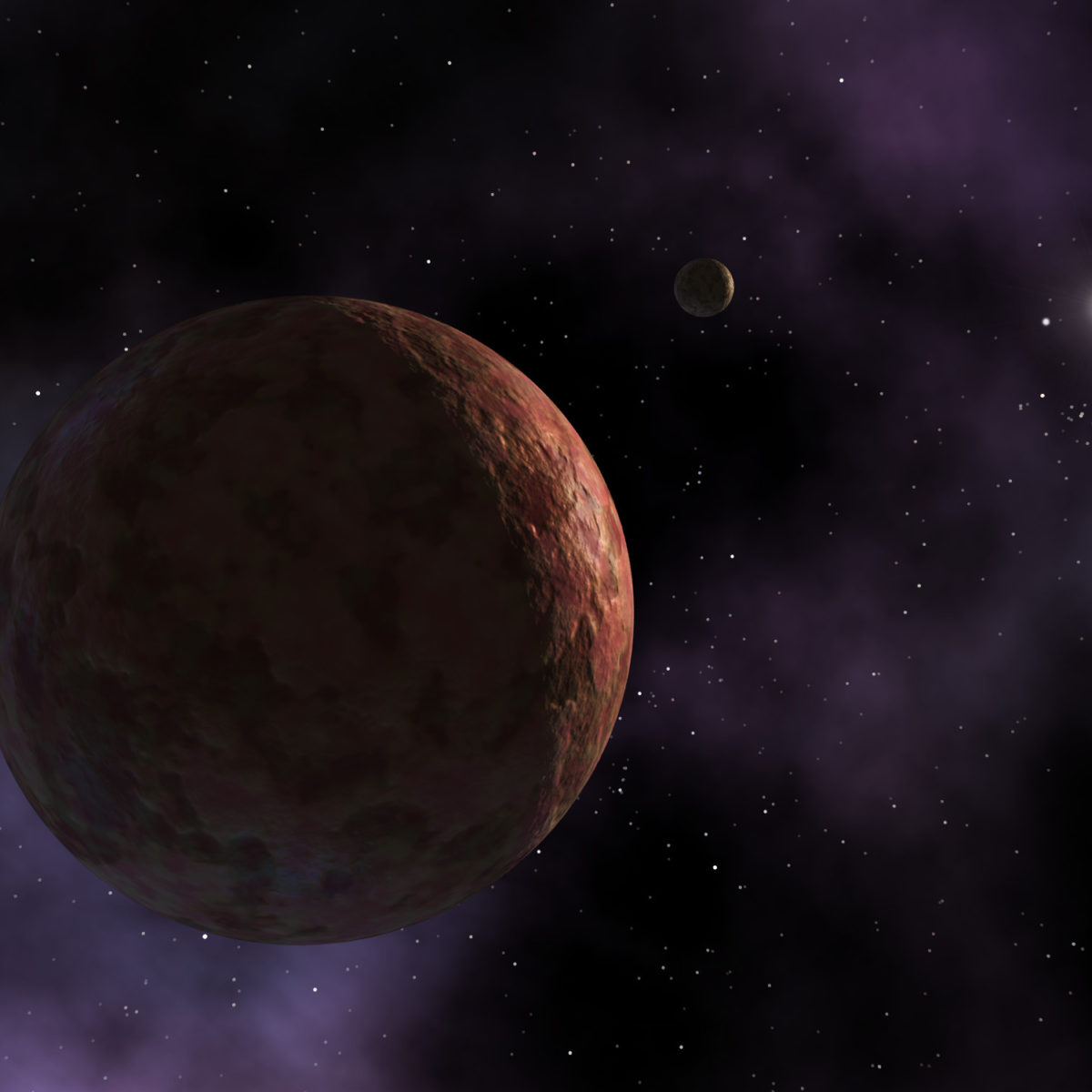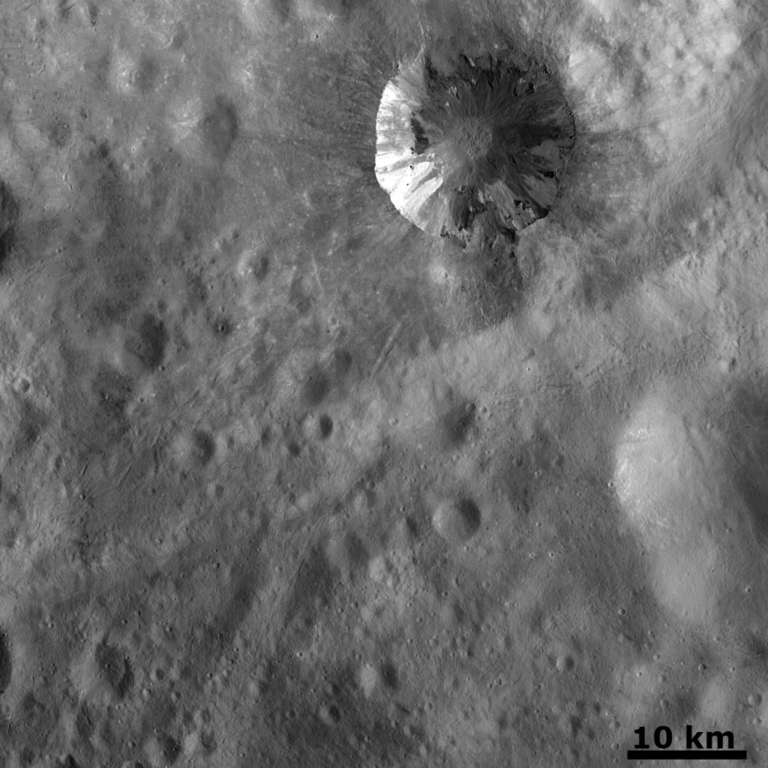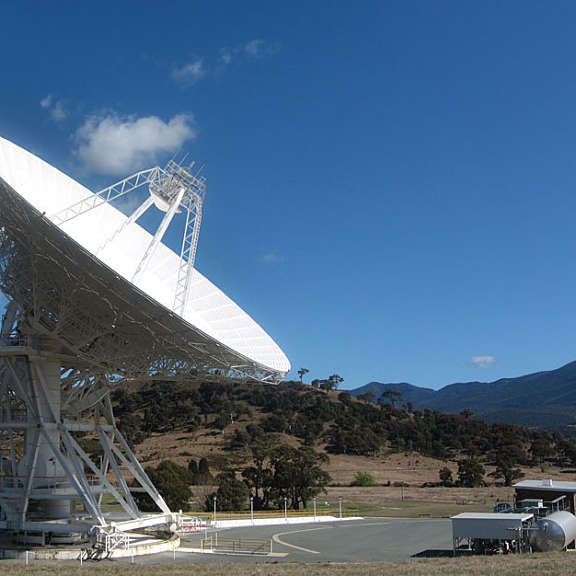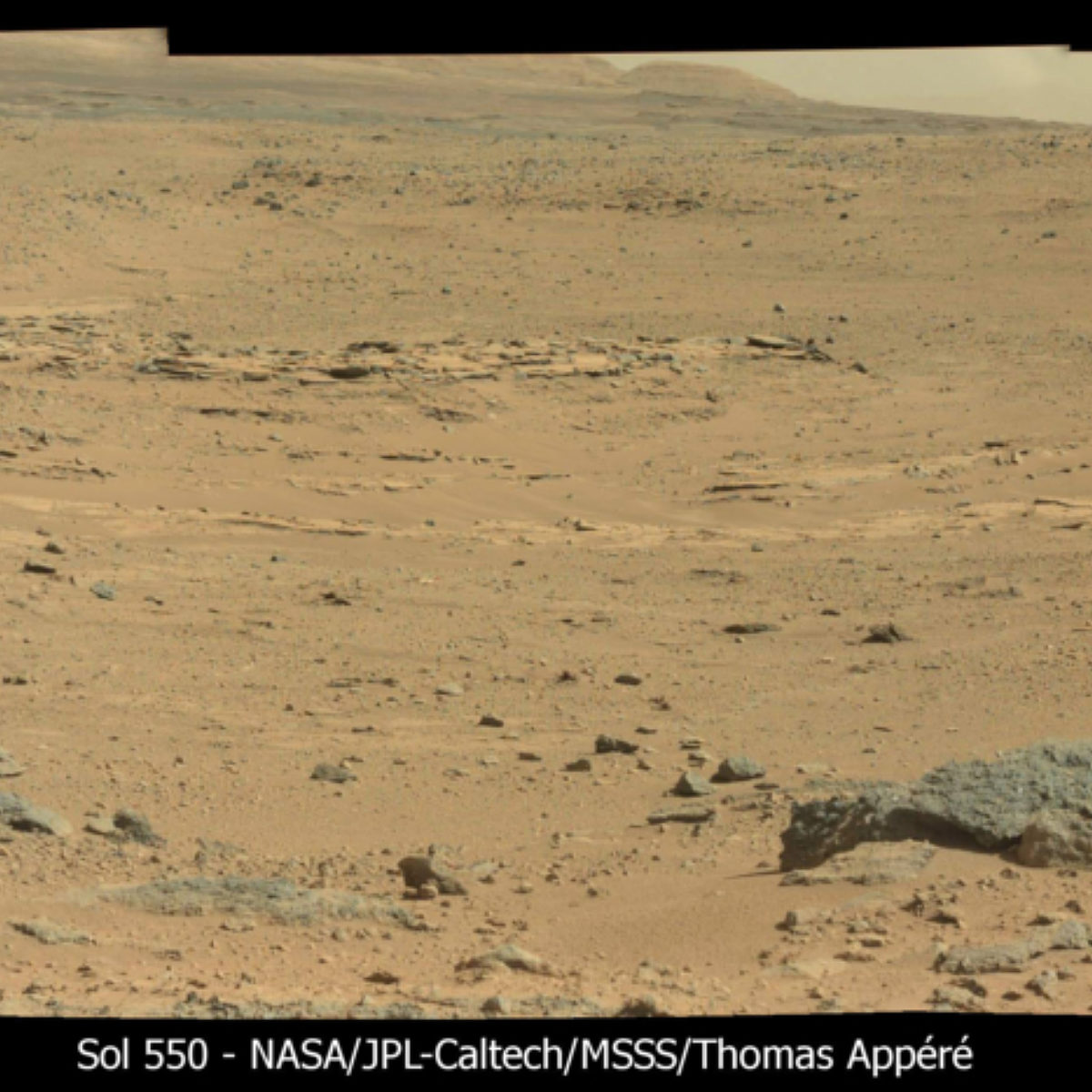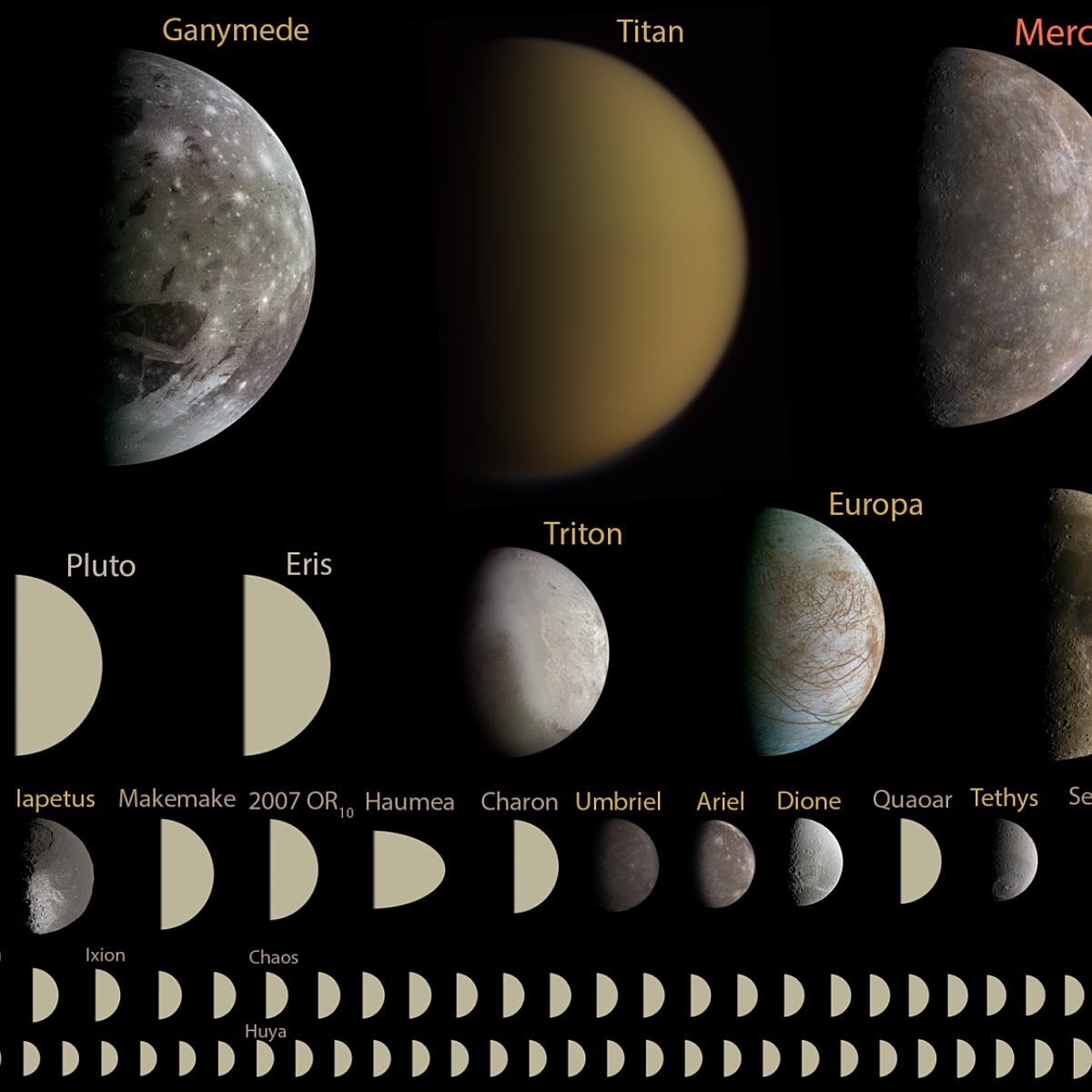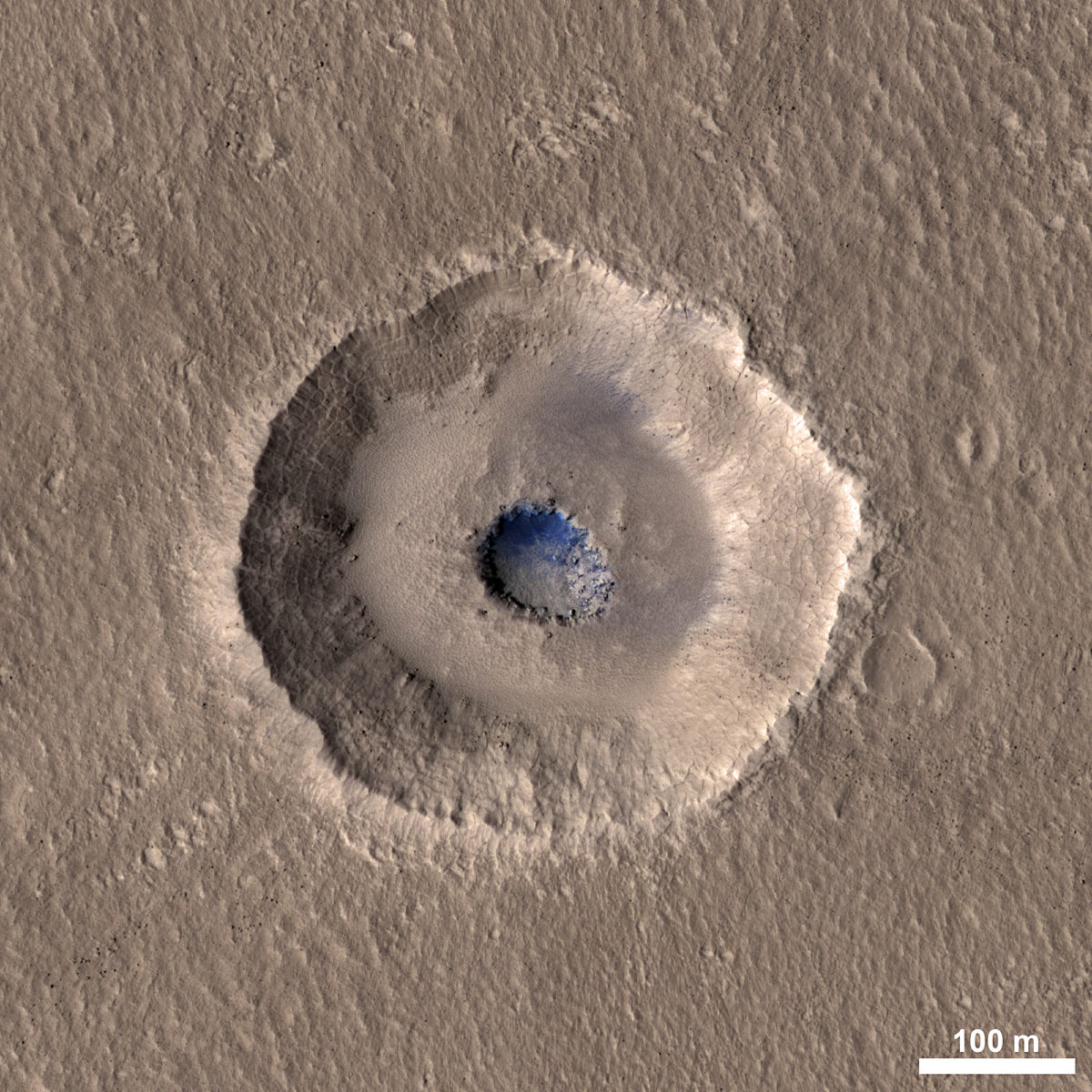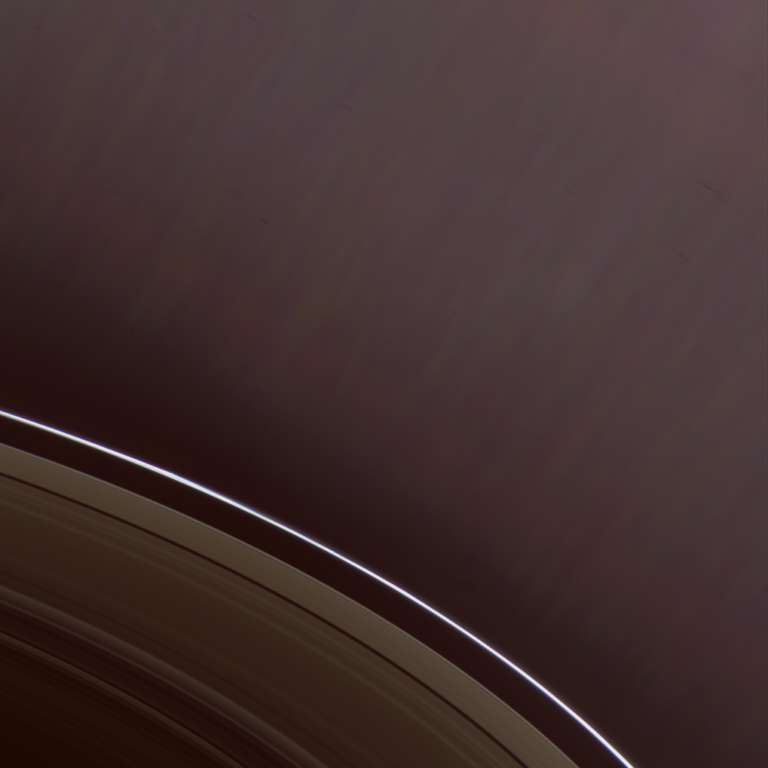All
All
Stories, updates, insights, and original analysis from The Planetary Society.
A second Sedna! What does it mean?
2012 VP113 is a new world that has been discovered on a Sedna-like orbit. What does that mean? It could imply the existence of a planet X, but doesn't prove it. It does suggest that a lot more Sednas are waiting to be discovered.
Snapshots of Science from the 2014 Lunar and Planetary Science Conference
Vignettes from dozens of LPSC talks: GRAIL and LADEE at the Moon; ice and craters and conglomerates and organics and gullies on Mars; polar deposits and volatile elements on Mercury; tectonics on Enceladus; and more, until my brain was so full I could barely speak.
LPSC 2014: Water on...Vesta?
At the Lunar and Planetary Science Conference, Jennifer Scully discussed possible water-carved gullies in an unusual location: within craters on Vesta. Water-carved gullies on Mars I can accept; but on an airless lumpy body? I was intrigued.
ICE/ISEE-3 update: Amateurs detect its signal while professionals study contacting it
Since the last time I reported on ICE/ISEE-3, there have been several developments. Its signal has been detected by several Earth-based observers, and there is now some (though slight) hope of reestablishing command over the spacecraft.
LPSC 2014: Plate tectonics on another world: Europa
Simon Kattenhorn and Louise Prockter may finally have found subduction zones on Europa, which would it the only other place in the solar system besides Earth that is known to have active plate tectonics.
Curiosity update, sols 563-569: Kimberley ahoy!
With a series of drives over the last week, Curiosity is now approaching her next science stop at Kimberley. The distinctive knobs of the Kimberley outcrop are visible in photos taken on sol 569.
Titan's lakes: The basics
Since Seth MacFarlane tweeted that this weekend's episode of Cosmos was going to include a segment on lakes on Titan, I thought I'd write a post explaining the basics of Titan lakes.
Spacecraft phone home: Cool Deep Space Network data visualization
Check out the awesome new
Lunar and Planetary Science Conference 2014 preview
It's that time of year again: my favorite annual space science meeting, the Lunar and Planetary Science Conference, takes place all next week in Houston, Texas. Get ready for reports on everything from Mercury to the Moon to Mars to Miranda!
Pretty Picture: Three Wanderers
With all the excitement happening on missions criscrossing the solar system, I often forget to enjoy the views of our solar system that we can achieve from home. Amateur astronomers don't make the same mistake. Here's a lovely photo that Stuart Atkinson sent me, captured last night from Kendal, England, showing four special wanderers.
The new Cosmos: Standing Up in the Milky Way
My daughters liked the new Cosmos and want to watch next week. I thought it was a successful beginning for a long series, and I think it'll become a weekly viewing event for our family. I hope other families think the same.
The Very Large Telescope sights Rosetta's comet target, sees activity beginning
Rosetta's comet target, 67P/Churyumov-Gerasimenko, has emerged from behind the Sun as seen from Earth, and the Very Large Telescope has photographed it. The new images show that cometary activity has already begun as Rosetta approaches for its August rendezvous.
Curiosity update, sols 549-562: Shooting past Kylie on the road to Kimberley
In a series of drives, Curiosity flew past the
2015 will be the Year of the Dwarf Planet, and you need to tell people about it!
I am very excited about 2015, more so than I have been about any year since I started working at The Planetary Society. Dawn will enter orbit at Ceres, and New Horizons, which will fly past Pluto and Charon. But if we want this kind of exploration to continue, I'm challenging you, dear readers, to tell the world why such non-planetary worlds are compelling places to go exploring.
A new map of Mars from some pretty old data
The United States Geological Survey recently issued an improved version of the Viking color map of Mars. This 40-year-old data set still provides the prettiest global-scale map of the planet.
Checking in on Chang'e 3 and Yutu from Lunar Reconnaissance Orbiter: Yep, still there!
Seeing hardware that was built by human hands sitting on the surface of another planet never, ever gets old. Today, the Lunar Reconnaissance Orbiter Camera team released two new images of Chang'e 3 and Yutu on the Moon.
Brief Yutu update: Slightly more detail on what's keeping rover from roving
Over the weekend, Chinese state news agency Xinhua reported in both Chinese and English a little bit more information on what has stilled the Yutu rover's motions across the lunar surface:
Pretty pictures of terraced craters on Mars
Check out this unusual crater on Mars. It's not a very big one, less than 500 meters in diameter, and yet it has two rings. Most craters on Mars this size are simple bowl shapes. What's going on here?
A little fun with Cassini rings images
It's happened again; I went into the Cassini image archive looking for something specific and wound up spending several hours playing with totally unrelated image data. Here are several beautiful images of the rings from the archives.
Sunset on Chang'e 3's third lunar day: Yutu not dead yet, but not moving either
During the third lunar day of Change'3 surface operations the lander operated normally, performing ultraviolet astronomy and imaging Earth's plasmasphere. The rover's instruments were working, but the rover did not move.


 Explore Worlds
Explore Worlds Find Life
Find Life Defend Earth
Defend Earth


 Sun
Sun Mercury
Mercury Venus
Venus Earth
Earth Mars
Mars Jupiter
Jupiter Saturn
Saturn Uranus
Uranus Neptune
Neptune Small Bodies
Small Bodies